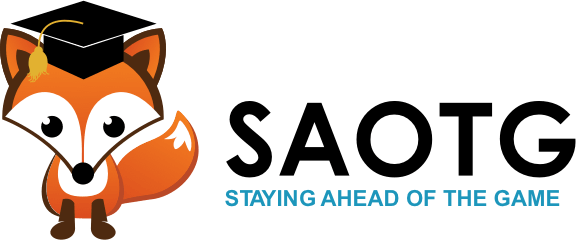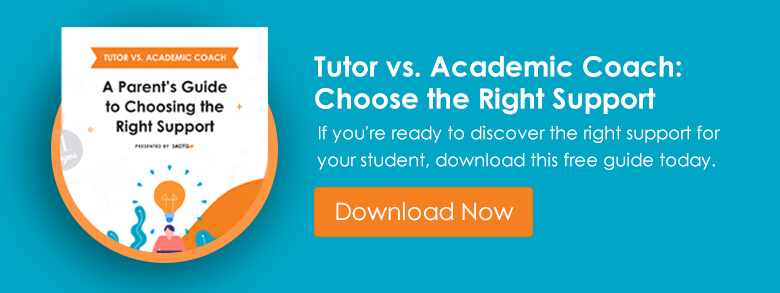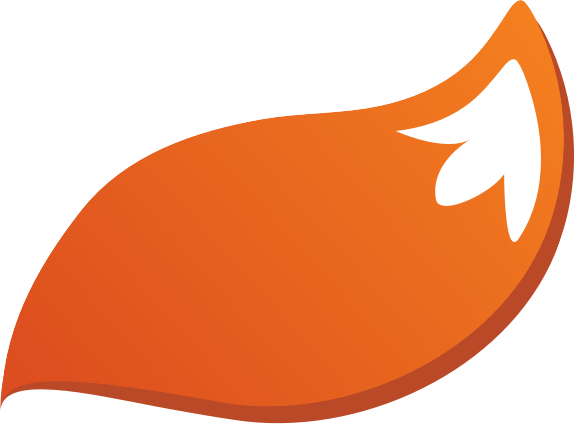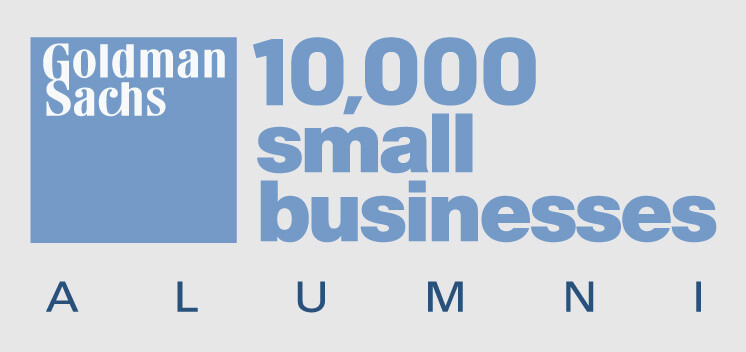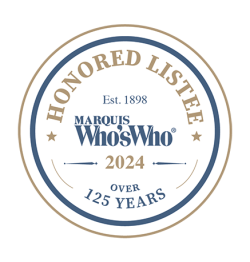Have you ever watched a student highlight entire pages of a textbook, only to forget the material the next day? Or perhaps you’ve seen your teenager scribble pages of disorganized notes and never look at them again. Effective note-taking can feel like a mystery. Yet research and experience show that the way we write down and revisit information plays a massive role in how much we actually learn.
Whether you’re a parent trying to coach your child toward better study habits or a teacher aiming to help students excel, it’s worth paying attention to note-taking techniques. Many people rely on random methods—mindless highlighting, hurriedly jotting down lecture points, or taking pages of notes they never revisit. But these approaches often fail because they’re missing key ingredients.
That’s where the “5 R’s” of note-taking enter the picture: Record, Reduce, Recite, Reflect, and Review. Each of these elements adds a layer of engagement that transforms bland note-taking into a tool for active learning. When combined, they create a structure that not only clarifies information but also makes it easier to recall later. To bring it all together, a system known as the Cornell Method neatly integrates each of these steps into a single, user-friendly format.
If you’re new to these concepts, don’t worry. Adopting a fresh note-taking strategy doesn’t have to be complicated. By the end of this blog, you’ll have a solid grasp of the 5 R’s, an understanding of how the Cornell Method works, and practical tips for applying both. Along the way, you’ll see how a few tweaks to your current process can yield significant improvements in long-term retention and academic confidence.
Understanding the 5 R’s of Note-Taking
Effective note-taking is built on five pillars: Record, Reduce, Recite, Reflect, and Review. Each pillar addresses a different aspect of the learning process. When learners skip any of these steps, they risk turning their notes into a mere collection of words rather than a tool that boosts understanding. In many cases, a student who seems to “study a lot” but still performs poorly isn’t studying effectively. They may be writing everything down (Record) but never going back to summarize or review (Reduce and Review), or they might read over their notes without actively testing themselves (Recite).
Record is about capturing information in the moment. During a lecture, while reading a textbook, or watching an instructional video, the learner jots down the main ideas, key terms, and relevant examples. This stage sets the foundation for later review. It complements the Record step by ensuring students have the right setup to capture notes in a clean, structured way.
Reduce occurs when you go back to your initial notes and streamline them. This might involve summarizing the main ideas in your own words or condensing lengthy paragraphs into concise statements. By actively distilling your notes, you force your brain to engage with the material and identify its core components. You might also create short questions in the margins to facilitate self-testing later.
Recite emphasizes recalling information without looking at your notes. This step often involves reading a question you wrote during the Reduce step, then stating the answer out loud or writing it on a blank sheet of paper from memory. This process strengthens long-term retention by challenging your brain to pull the knowledge forward. Recitation is part of the broader concept of active recall, which you can read about in this post.
Reflect encourages you to connect new information with what you already know. This higher-level thinking solidifies understanding. When students link a historical event to a modern social issue or see how a math concept applies to real-world scenarios, they’re reflecting. Making those connections can turn a random fact into a piece of integrated knowledge.
Review is about regularly revisiting notes to combat the natural forgetting curve. Even strong learners lose details over time if they don’t refresh the information. Spaced repetition—brief, planned reviews over days or weeks—can help learners remember far more than a last-minute cram session.
Why the 5 R’s Matter for Effective Learning
Each of the 5 R’s serves a unique function in turning passive note-taking into an active, multi-step learning experience. Rather than simply writing down words and hoping they’ll stick, learners engage with the material at multiple points in time. This repeated interaction deepens understanding.
For instance, if a student only records notes and reviews them once, they miss the chance to reduce the material into more concise summaries or test themselves through recitation. If they don’t reflect, they won’t see how this new topic fits with older material, leaving knowledge fragmented. And if they don’t review, they risk letting much of the detail slip away. By weaving all five steps into a cohesive study routine, students create a strong web of connections that helps them retrieve information more easily. This approach can also reduce test anxiety, as it spreads learning out over time rather than confining it to a single pre-exam cram session.
Teachers can integrate the 5 R’s into their lesson plans by allocating time for summarization, brief self-quizzes, and class discussions that encourage reflection. Parents can support these steps at home by asking questions like, “What’s one thing you learned that relates to what we talked about last week?” This prompts reflection. Or they can quiz their child using the summary questions written during the Reduce stage, thereby encouraging recitation.
The Cornell Method: A Practical Approach
Although you can apply the 5 R’s with any style of note-taking—mind maps, digital documents, or even index cards—the Cornell Method is designed to incorporate all five steps seamlessly. Created by Walter Pauk at Cornell University, this method divides your page into distinct sections for notes, summaries, and questions. Here’s a basic structure to follow:
You split a page into two columns: a narrow one on the left and a wider one on the right. The wider column is for your main notes, where you Record key points during a lecture or reading. The left column is for short questions or comments you add after class, which allows you to Reduce and organize your notes further. This also paves the way for easy Recitation because you can simply cover the wider column and try to answer the questions in the left column from memory.
A small space at the bottom of the page is reserved for a concise summary of the material. This summary helps with the Reduce step as well, giving you a chance to refine your notes into a short paragraph that highlights the most crucial concepts. Finally, a space at the top or side can be used for Reflection, linking the topic to previous notes or brainstorming how you might apply the information in a different context. The Cornell Method also makes Review straightforward, because each page is neatly organized with all the info you need in one place.
Making the Most of Your Notes
Using the 5 R’s and the Cornell Method isn’t just about the notes themselves; it’s about building a consistent routine. Effective note-taking works best when it’s part of a broader study habit. Immediately after class or reading, you can go back to your notes, create a summary, and draft potential quiz questions for Recitation. Later in the day or week, you spend a few minutes trying to recall the answers to those questions without peeking. Over time, you develop a rhythm that ensures you’re constantly engaging with the material.
As a teacher, you might set aside a few minutes at the end of class for students to summarize what they learned, which handles the Reduce stage. Then, you can ask them to share their summaries or quiz each other, covering Recitation. This simple shift can turn an ordinary lesson into an interactive learning experience. Parents can help by creating a calm, distraction-free space at home where students can focus on reflecting and reviewing.
Another important factor is motivation. If a student sees the results of effective note-taking—improved test scores, deeper understanding, less stress—they’re more likely to keep it up. Sometimes, the best motivator is seeing a before-and-after comparison: older messy notes that never got used vs. new Cornell-style pages that guide them toward active recall. This transformation can be especially powerful for visual learners who thrive on clarity and order.
Finally, don’t forget to schedule time for a recurring review. Even if it’s just ten or fifteen minutes a day, a regular check-in helps cement information in long-term memory. By combining the Cornell Method, the 5 R’s, and a structured review schedule, students can reduce last-minute panic and approach their exams with confidence.
Conclusion
Effective note-taking isn’t a secret reserved for top-performing students or academic experts. It’s a learnable skill that involves engaging more actively with the material at multiple points in time. The 5 R’s—Record, Reduce, Recite, Reflect, and Review—are designed to move you or your students away from passive reading and toward an interactive, memorable study routine. And by using the Cornell Method, you have a built-in system that ensures you won’t skip any of these critical steps.
Students who embrace this approach often find themselves understanding lessons more thoroughly, recalling information more easily, and feeling less anxious about upcoming tests. Teachers who integrate these techniques in the classroom foster a deeper level of student engagement. Parents who encourage these practices at home witness a more self-sufficient, confident learner.
In the end, note-taking isn’t just about scribbling details and hoping they’ll stick. It’s about using each step of the 5 R’s to transform raw information into lasting knowledge. With consistent practice, you’ll see the difference in test scores, class participation, and even overall attitude toward learning. The best part is that these skills don’t expire once you leave the classroom. From workplace training sessions to personal passion projects, knowing how to Record, Reduce, Recite, Reflect, and Review remains an invaluable asset for lifelong learning. And if you’re ready to dive deeper, check out our other resources or reach out for more information about our services.
